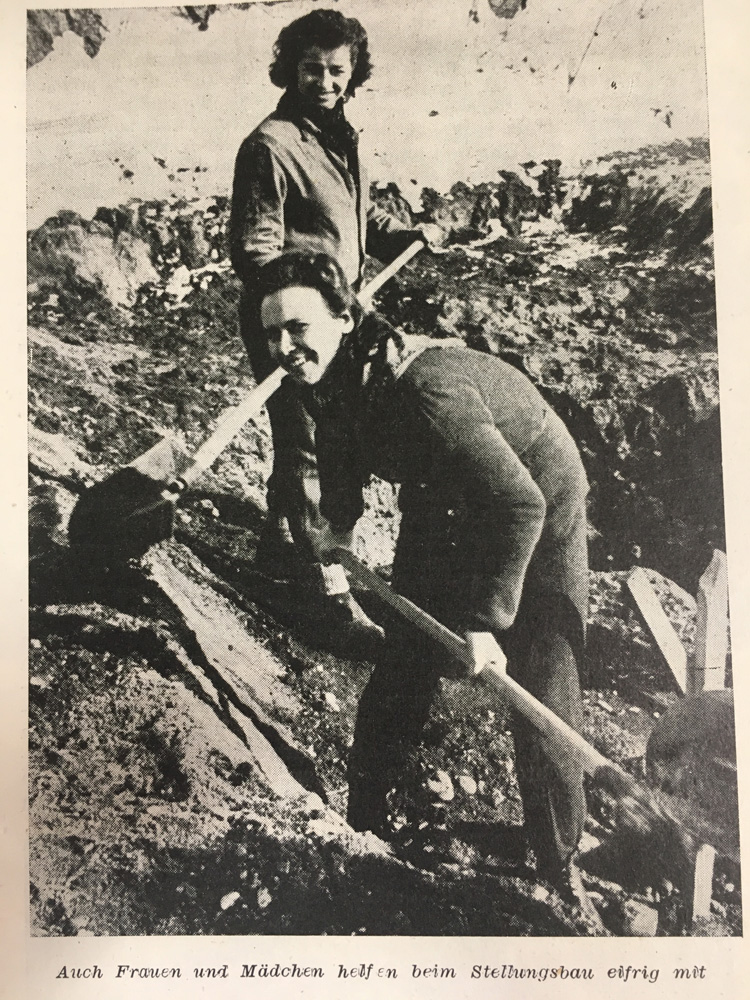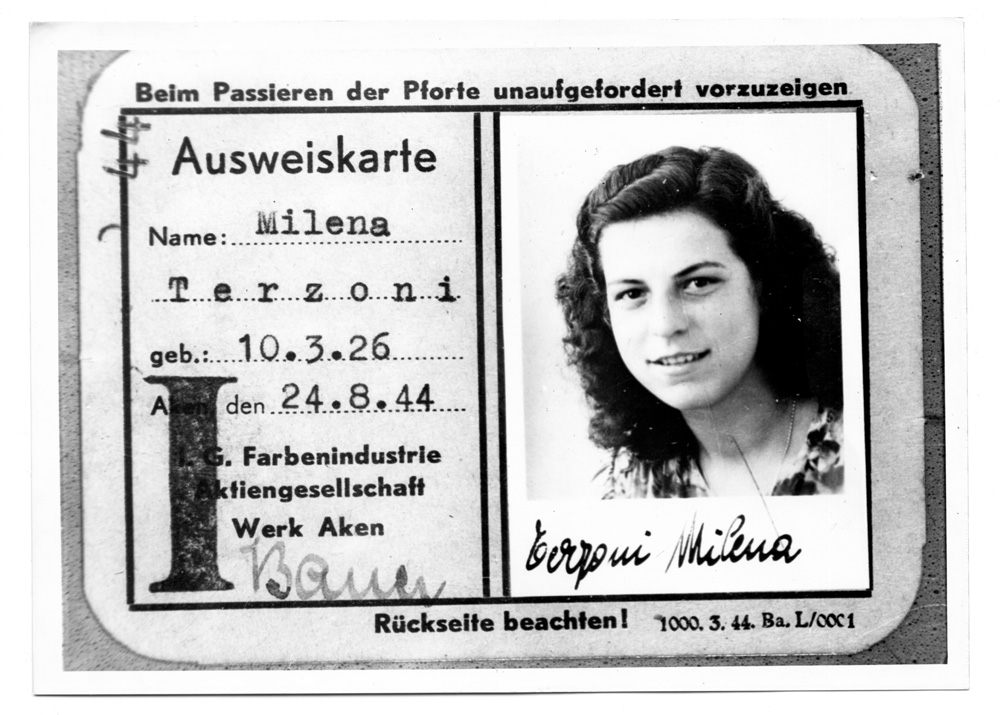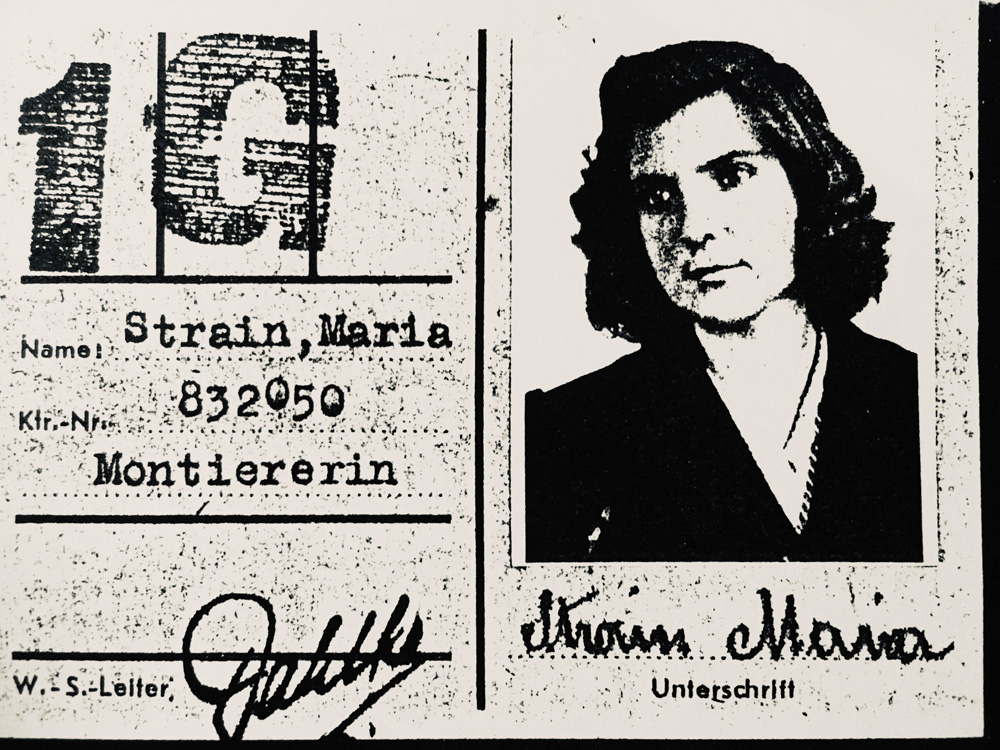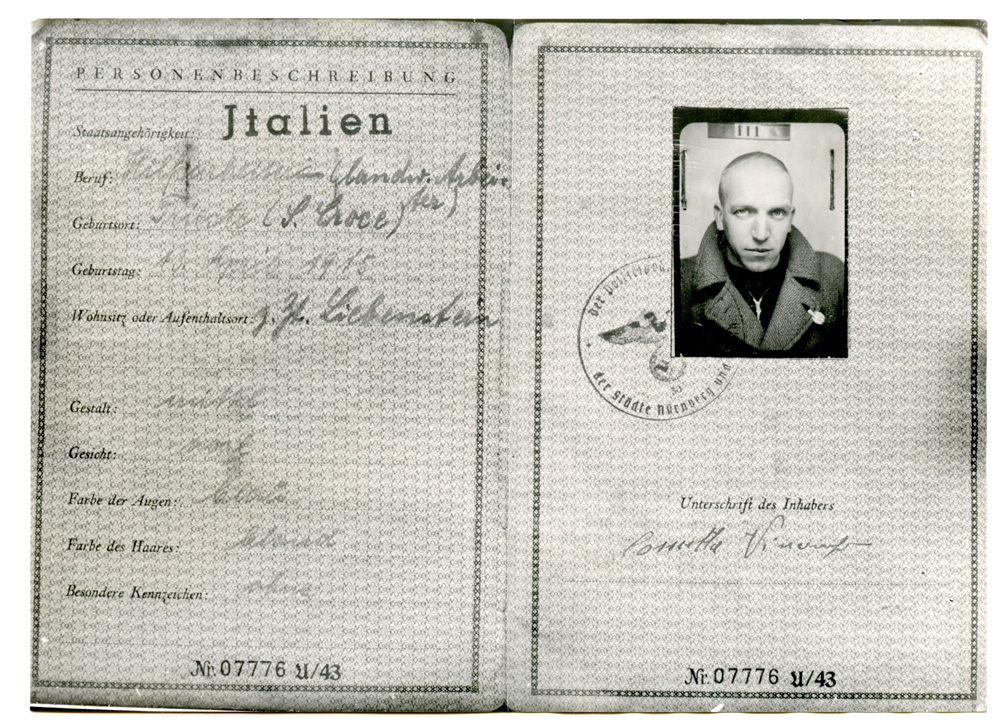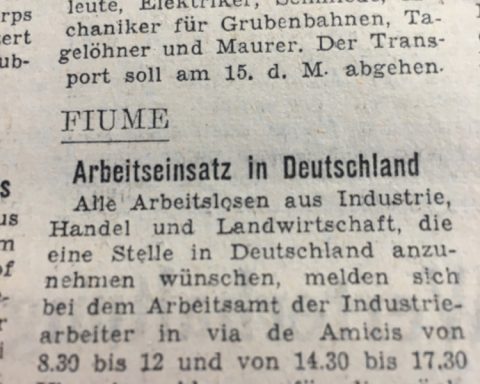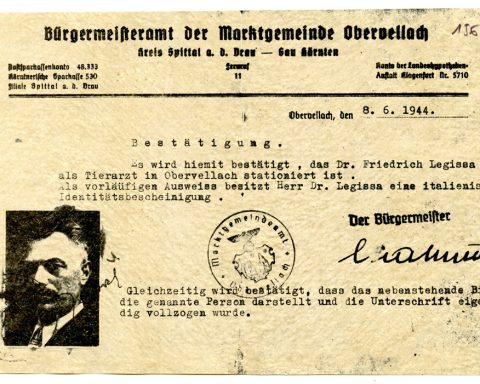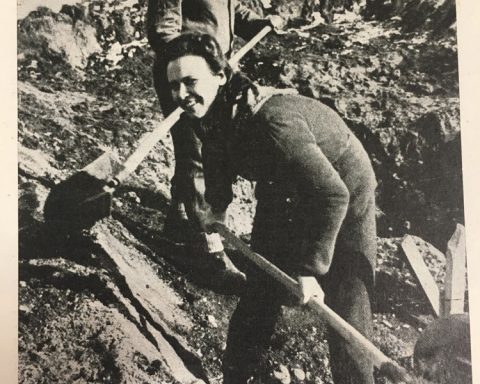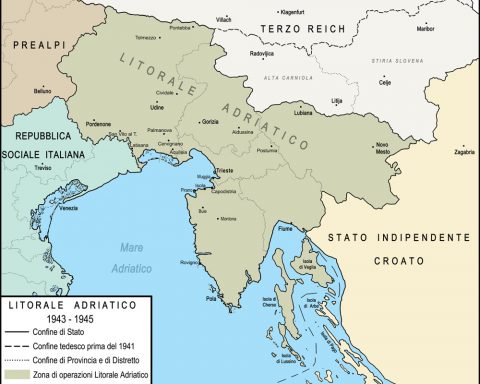Between September and December 1943 there were large shipments of arms to rural destinations in Hesse and to the factories of Thuringia, Rhineland, Westphalia, Lower Saxony and the aeronautical workshops of Pomerania. Some workers ended up in countries occupied by Germany: skilled workers from the northern Adriatic shipyards were moved to those in Gdansk or employed in the recovery of fossil peat in Baronovici; others were sent to Minsk, to military footwear factories, or to Czechoslovakia, both as farm workers and as construction workers in the service of the German army. The victims of the roundups in Trieste’s western karst region in February 1944 were sent to work in various Bavarian locations, in the farming, mining, mechanical and craft sectors The flow of forced labour to Bavaria characterised the whole spring of 1944. Women were mainly employed in the countryside, and men in mechanical workshops, both large and small. During the months of May and June, on the other hand, the many women rounded up in the villages of the Julian Alps and the Isonzo and Istria hinterland often ended up having to combine farm work with service activities for the owners of the farms or in inns, restaurants and canteens adjacent to the labour camps to which they were assigned. Also in this period, the female workforce of the Adriatic coast began to be sent to companies strictly functional to German war production, such as Opta Radio in Grümberg in Silesia, to assemble transceivers destined for the Wehrmacht, Waggonfabrik in Dessau, in Saxony, or the Messerschmitt aeronautical company in Regensburg. During the months of August and September, most of those forcibly recruited ended up in Bavaria, on assembly lines producing armaments, which had been transferred to tunnels and underground bunkers, built to protect them from Allied air attacks. With the arrival of autumn, conscripts for the labour service were mainly employed in the construction of internal fortifications on the coast. The conscripts who had rebelled against the summer round of call-ups for military service, those captured during the urban dragnets, and those taken in the roundups in the Vipacco and Natisone valleys were sent, for example, to repair Wehrmacht vehicles in Mühlrose, to IG Farbenindustrie and to Agfa Film Fabrik, in Saxony. In the early months of 1945, the movement of war operations on German soil and the intensification of the bombing of communication routes and industrial plants, marked the end of the sending of manpower to the Reich from the OZAK.
by Sara Bergamasco
